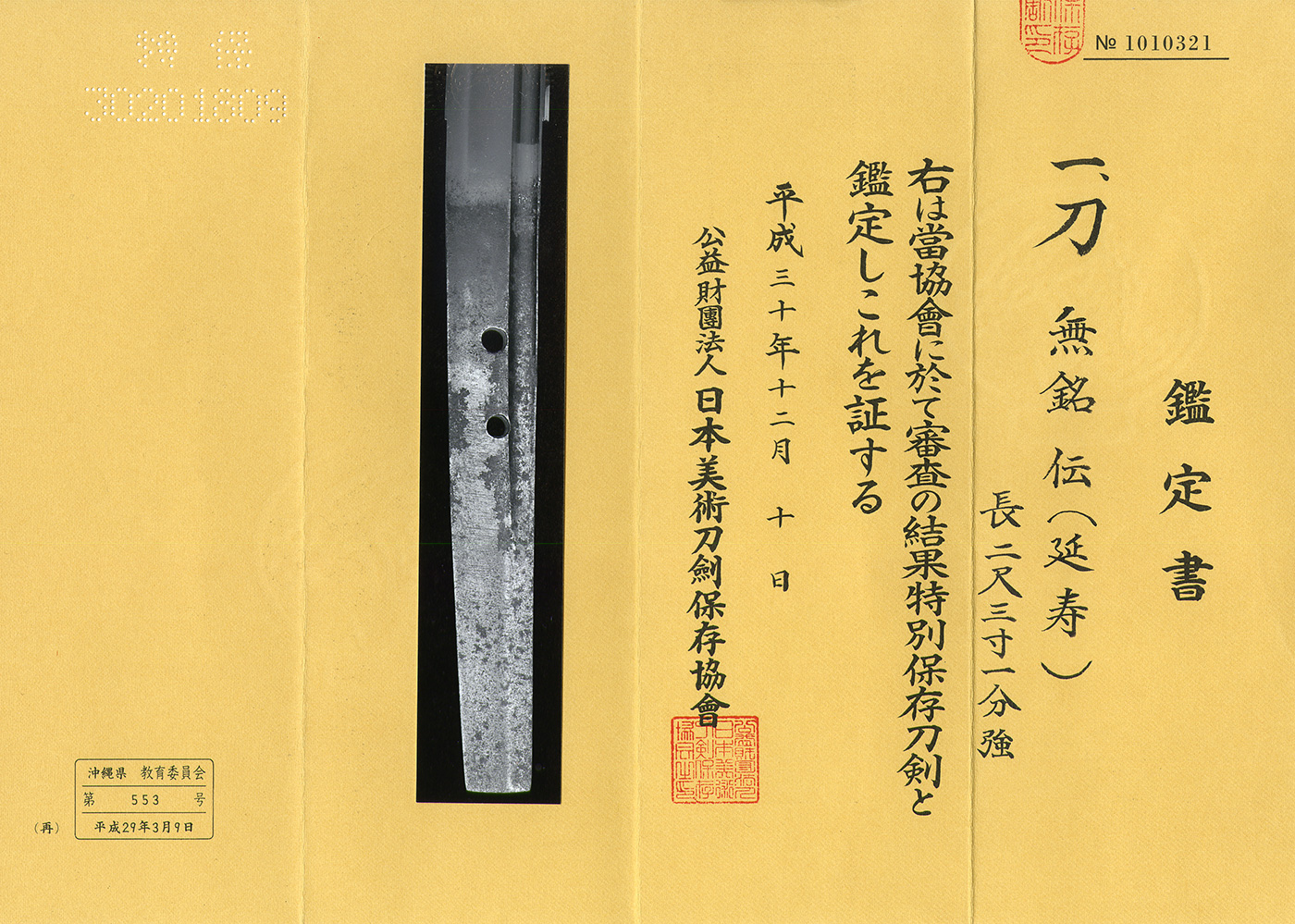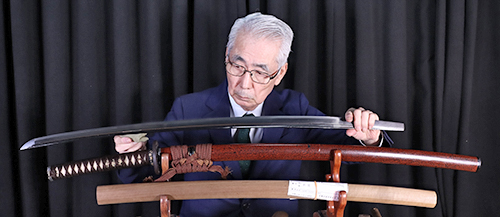Ordering Number: AS24158
Katana in Shirasaya with Koshirae (NBTHK Tokubetsu Hozon Token)
Signature: Mumei (Den Enju)
無銘(伝 延寿)
We divide 4 sections for each sword as Saijyo Saku, Jyojyo Saku, Jyo Saku and Regular Saku.
This sword is ranked as Jyojyo Saku.
Habaki: Appears to be gold-covered.
Blade Length: 70.0 cm (27.56 in)
Curvature: 1.8 cm (0.71 in)
Mekugi Hole: 2
Width at Base (Motohaba): 2.82 cm (1.11 in)
Width at Yokote (Sakihaba): 1.86 cm (0.73 in)
Thickness of rim (Kasane): 0.64 cm (0.25 in)
Sword Weight: 670 g
Era: Late Kamakura period
Shape: A mumei o-suriage blade with slightly wide body, normal thickness, and moderately deep curvature. Bo-hi grooves are carved on both sides.
Jigane: Itame-hada with jinie, with faint shirake utsuri visible.
Hamon: A suguha with small nie, bright and clear, including sunagashi and nijuba, with ko-ashi entering. The boshi is round and turns back.
Features: The Enju school traces its origin to Kunimura, a disciple of Rai Kunitoshi from Yamashiro.
It flourished in Higo Province from the late Kamakura period through the Nanbokucho period.
Koshirae:
Tsuba: Iron tsuba in a vertical oval shape, openwork of lattice and maple leaves.
Menuki: Shishi (lion) design with gold detailing.
Fuchikashira: Shakudo nanako ground with engraved autumn grass and insects in gold.
Saya (Scabbard): Lacquered in a mixed red-brown and black pattern.
Aoi Art’s Comment: There is overall wear and slight rust.
Polishing is available for an additional ¥60,000.
This piece, while calm in appearance, features intricate activity in the hamon through the presence of nie, offering much to appreciate.
NBTHK Tokubetsu Hozon Token Certificate
Aoi Art Estimation Paper
Whole Oshigata
Auction Starting Price:850,000JPY
Place Bid
Related Items:
 Katana:Mumei (Unsigned) [Attributed to Enju] (19th NBTHK Juyo Token)
Katana:Mumei (Unsigned) [Attributed to Enju] (19th NBTHK Juyo Token)
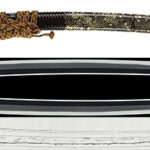 Katana:Mumei (Den Aoe) (NBTHK Tokubetsu Hozon Token)
Katana:Mumei (Den Aoe) (NBTHK Tokubetsu Hozon Token)
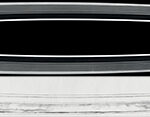 Katana:Mumei (Enju)(NBTHK Tokubetsu Hozon Token)
Katana:Mumei (Enju)(NBTHK Tokubetsu Hozon Token)
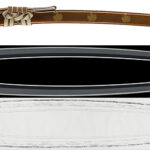 Katana: Nobutsugu(Aoe)(65th NBTHK Juyo Token)
Katana: Nobutsugu(Aoe)(65th NBTHK Juyo Token)
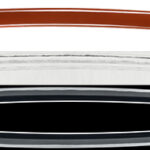 Katana: Mumei(Unsigned)(Aoe school)(54th NBTHK Juyo Token)
Katana: Mumei(Unsigned)(Aoe school)(54th NBTHK Juyo Token)
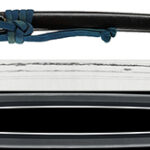 Katana: Mumei (attributed to Ryumon)(NBTHK Tokubetsu Hozon Token)
Katana: Mumei (attributed to Ryumon)(NBTHK Tokubetsu Hozon Token)




